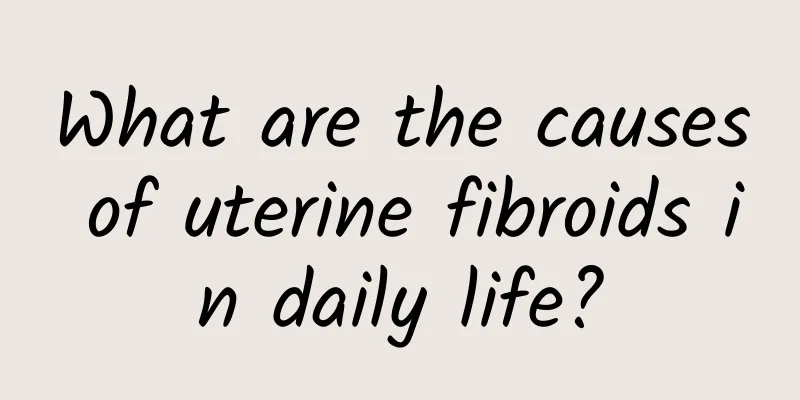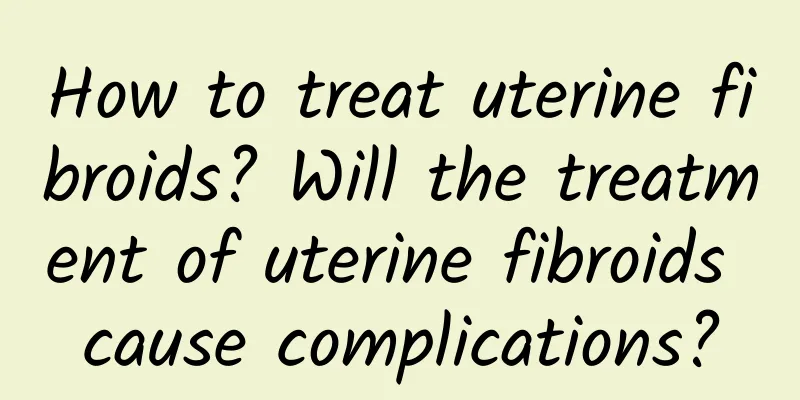Diagnosis and Differentiation of Ectopic Pregnancy

|
Diagnosis and Differentiation of Ectopic Pregnancy 1. Threatened abortion in early pregnancy The abdominal pain of threatened abortion is generally mild, the size of the uterus is basically consistent with the month of pregnancy, the amount of vaginal bleeding is small, and there is no internal bleeding. B-ultrasound can be used for identification. 2. Ovarian corpus luteum rupture and bleeding Corpus luteum rupture often occurs during the luteal phase or menstrual period. However, it is sometimes difficult to differentiate from ectopic pregnancy, especially in patients with no obvious history of amenorrhea and irregular vaginal bleeding, and β-HCG is often required for diagnosis. 3. Ovarian cyst pedicle torsion The patient has normal menstruation, no signs of internal bleeding, and generally has a history of adnexal masses. The cyst pedicle may have obvious tenderness. The diagnosis can be confirmed by gynecological examination combined with B-ultrasound. 4. Rupture and bleeding of ovarian chocolate cyst The patient has a history of endometriosis, which often occurs before or during menstruation. The pain is quite severe and may be accompanied by obvious anal swelling. Chocolate-like liquid can be extracted by puncturing the posterior vaginal fornix for diagnosis. If the rupture injures the blood vessels, signs of internal bleeding may occur. 5. Acute pelvic inflammatory disease In acute or subacute inflammation, there is generally no history of amenorrhea, abdominal pain is often accompanied by fever, blood count and erythrocyte sedimentation rate are often elevated, B-ultrasound can detect adnexal masses or pelvic effusion, and urine HCG can assist in diagnosis. Especially after anti-inflammatory treatment, inflammatory manifestations such as abdominal pain and fever can gradually alleviate or disappear. 6. Surgical conditions Acute appendicitis often causes obvious right lower abdominal pain, often accompanied by fever, nausea, vomiting, and increased blood count. Ureteral stones often cause colic pain on one side of the lower abdomen, accompanied by ipsilateral lumbar pain and hematuria. The diagnosis can be confirmed by combining B-ultrasound and X-ray examinations. |
>>: Four criteria can be used to diagnose vaginitis
Recommend
What physical symptoms can ovarian cysts cause?
What are the signs of ovarian cysts? The initial ...
Can Guizhi Fuling Pills treat ovarian cysts? How to diagnose this disease?
Can Guizhi Fuling Wan treat ovarian cysts? How is...
How to self-check whether the abortion by medication is complete? See what the doctor says
Self-examination of whether medical abortion is c...
Bananas help with weight loss, "this ingredient" is the star! Dr. Liu Boen: Five must-know benefits of resistant starch
When you are constipated, you immediately think o...
What should patients with vaginitis pay attention to in daily life?
What should patients with vaginitis pay attention...
The relationship between late-stage Bartholinitis and life expectancy
Bartholinitis is a common gynecological disease, ...
What is wrong with amenorrhea? What should I do?
What is wrong with amenorrhea? What should I do? ...
Can uterine fibroids disappear?
Can uterine fibroids disappear? Whether uterine f...
What is good to put in chicken soup with uterine fibroids? What soup is good to make with uterine fibroids?
What should I put in the chicken soup with uterin...
Is uterine cyst serious? What are the dangers? Uterine fibroids
Uterine cysts are usually not serious diseases, b...
How to regulate diet for endometrial tuberculosis
There are many reasons why women suffer from endo...
Will pelvic effusion recur?
The examination and diagnosis of pathological pel...
Activate the power of beautiful legs! The three secrets of a female traditional Chinese medicine practitioner to get rid of lower body fat are...
"Oh my god! This dress is only suitable for ...
The early symptoms of cervical erosion are mainly caused by cervical secretions.
Women in the new era are most concerned about the...
What are the typical triggering factors of ovarian cysts?
There is a very common gynecological disease, tha...









